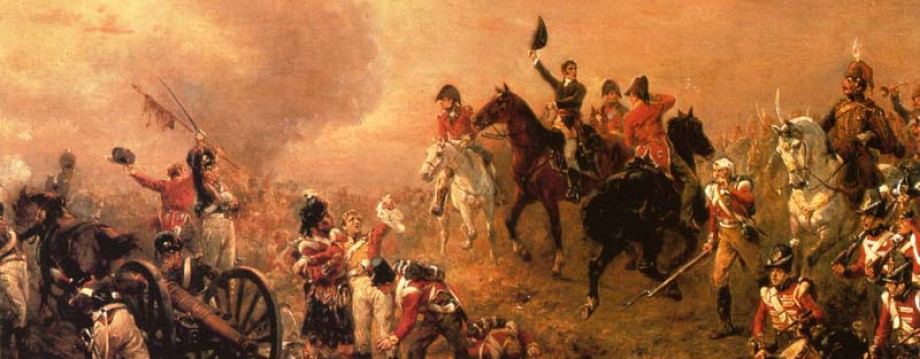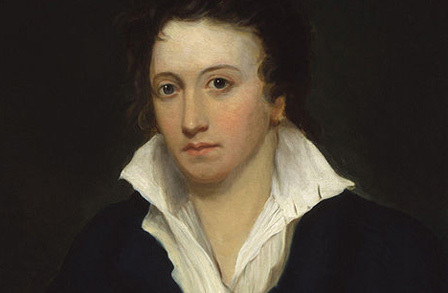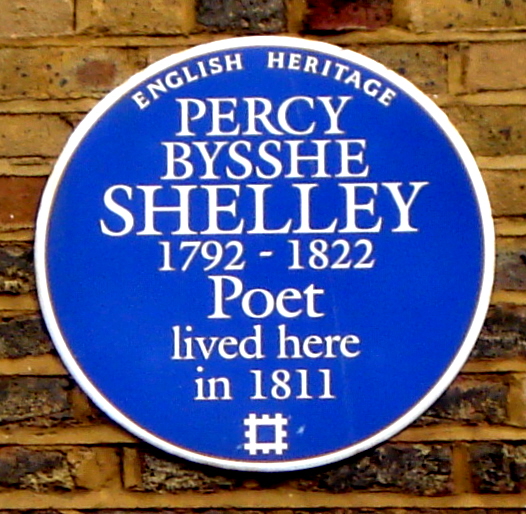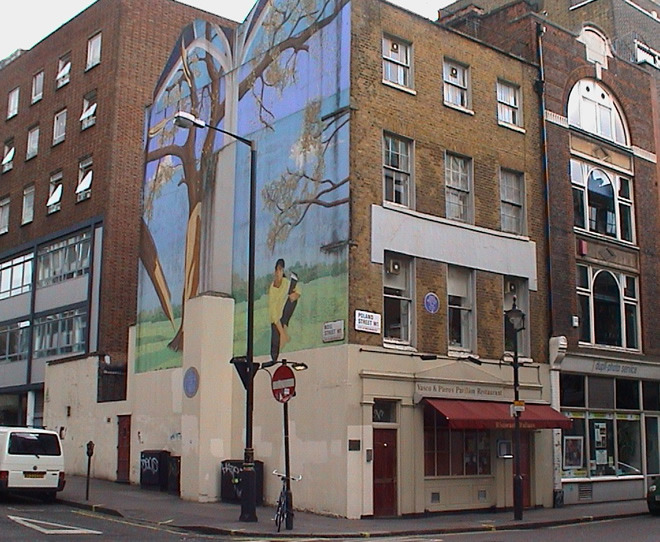By Joe Gardener
There’s an old water pump on Broadwick Street in London’s West-End that you’d probably quite rightly walk by without a second thought if you didn’t know of its significance. After all, there are rusty old relics like that all over London, aren’t there?
In actuality, the pump is one of the most significant mementos of modern medicine, and it isn’t actually as old as it looks either, it’s a replica.
In the Summer of 1854 cholera was rife in London, killing over five hundred residents of the Central region within two weeks and continuing to spread. Prominent physicians of the day immediately linked the disease to the ‘Miasma Theory’ that noxious gases in the air were the cause of the disease (Miasma being the Greek word for pollution).
Local physician John Snow, who was already one of the pioneering doctors in the field of anaesthesia, was sceptical towards the Miasma Theory. However, with no immediate evidence to the contrary (Louis Pasteur’s ‘Germ Theory’ of disease having yet to be developed), Snow would have had to undertake a little local detective work of his own in order to deduce the real cause of the outbreak. He did just that. Through conversations with Soho residents, Snow successfully traced the cholera outbreak to an old water pump on Broadwick Street (then known as Broad Street).
While his closer studies of the water from the pump failed to conclude it as the source of cholera, his work nonetheless convinced locals who subsequently removed the pump’s handle. A dot map that Snow drew up helped his cause; the map displayed all of the cholera cases in the area as clusters of dots atop the location in which they occurred, with the heaviest clusters centreed around the pump.
Ultimately, it has never been completely concluded that pump was the direct cause of the outbreak because although cases rapidly declined after its removal, many residents had already begun to leave the area through fear of cholera. However, it is to this day widely assumed that John Snow’s water pump was indeed the cause. Later research found that the pump was placed in close proximity to an old, dilapidated cesspit which had begun to leak faecal bacteria due to neglect. Furthermore, the nappies of a baby who had contracted cholera from another source had also been disposed there.
Like all thwarted criminals, the pump was ultimately removed. Snow went on to refer to the Soho cholera outbreak as “the most terrible outbreak of cholera which ever occurred in this kingdom.”
The pump which currently stands on Broadwick Street is a replica of John Snow’s pump, complete with a plaque commemorating the physician’s hand in ending the outbreak. Thankfully, it doesn’t function.
The nearby Samuel Smith’s public house was eventually renamed The John Snow in his honour and local legend even tells of a resident ghost; that of a sickly looking man with red eyes and a sallow face who sits in the darkest corner of the pub. A former victim of the outbreak or simply a regular who’s had a bit too much?
John Snow was born in York in 1815 to William and Frances Snow and from the age of 14 studied in Newcastle, where he first encountered cholera through a severe and fatal outbreak in the nearby town of Sunderland. In 1837 he moved to London where he lived on Frith Street, a short walk from the cholera water pump. He lived as a teetotal and vegetarian for much of his life and never married. John Snow died in 1858 from a stroke at the age of 45.
Every year, the John Snow Society remove and replace a water pump handle to symbolise the continuing struggles faced in the study of public health.







